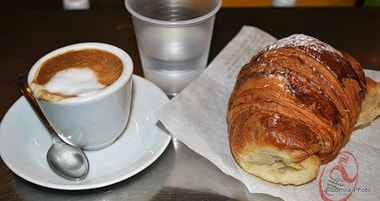 A typical Italian breakfast A typical Italian breakfast Just how did this riposo thing get started in Italy (and other Mediterranean countries)? Many attribute it to the heat in the middle of the day--which can get extreme in summer--combined with the typically heavy meals eaten as lunch in the Mediterranean diet. Simply put, people get drowsy after a big meal. Italians supposedly are embracing this biological fact as part of their natural clock... napping when their body says to nap, whereas Americans are out of tune with their natural rhythms. When you speak to Italians and understand their lifestyle you get a clearer picture of what is going on. First of all, most have a colazione (breakfast) either at home or at a bar on the way to work. Espresso and sweet cakes. Sugar and caffeine. They have coffee breaks too. The typical worker will go out to a "bar" for for both breakfast and their coffee break. It's a social thing that Italians can't live without, and shouldn't. It's part of their culture. Italians tend to eat these light breakfasts (and some going without) but recoup with a larger lunch than other cultures. One of the most surprising--and often frustrating--things voyagers to Italy discover is the long midday rest period (similar to the siesta in Spain). It northern Italy this period is called riposo or la pausa, and in the south is called pennichella or pisolino. Riposo means to rest, pausa to pause or take a break. What will surprise (and possibly inconvenience) Americans is that most shops and workers close and go home to for il pranzo (lunch), typically, the largest meal of the day. This closure can include restaurants, clothing stores, gift shops, grocery stores (alimentari), banks, pharmacies and even some post offices. Often a business closes at noon or 1pm and doesn't open again until 3-3:30pm or later. Small towns can look like ghost towns during riposa. Unlike in the U.S., Italians don't rotate their staff during riposa. The shop simply closes. American business logic would leave at least one employee in the shop while another takes his lunch, rotating their shifts. In Italy this isn't even considered. Voyagers need to be ready for this. Even places you'd think wouldn't--or shouldn't--close up tight for a few hours, like car rental offices. In Italy, car rental offices in Italy are merely brokers, who pay a fee to use the logos of larger companies. They are mostly local and very independent. They are often staffed by at most 2-3 people, with all closing up for riposa. In small towns you'll even see the local Polizia station closed for riposa. I experienced lunchtime closures while living in France years ago, but the French only take from 1-1/2 to 2 hours for lunch. In small towns throughout Italy, riposa might even last until 4 or 5pm. Restaurants might not open again until 6-8pm. In Italy, the average workweek comes in at only 36 hours with the maximum set at 40 hours. Overtime isn't permitted to go over 48 hours. Every worker gets 4 weeks paid holiday during August's ferragosto vacation period, as well as 12 national holidays. These are government standards. Indeed, workers are used to a very different pace in Italy. Voyagers need to adjust to this important difference. My issue is when the long riposo closures affect tourist oriented businesses in towns that normally attract tourists. Italians are rightly proud of their beautiful towns and cultural treasures and promote them for tourism, which makes up 13% of the Italian economy. If Italians want the tourist trade, then it seems they might stagger staff and keep things like restaurants, banks and other similar businesses open in these tourist towns. Luckily, more and more supermercarti (supermarkets) are open all day. Local, open-air markets are usually open early in the morning until an hour or so before lunch, but that's only if the town has a market day scheduled. You will see signs listing market times in local piazzi (town squares) for each town that has such markets. Market days are different from town to town. When in a particular town, you can try typing "(townname) mercati comunale alimentare" into Google Maps. This will help find local public food markets along with the days and hours they are open. Some travel bloggers will suggest visiting churches and museums during lunchtime--a bit difficult when traveling with an 11 year old boy who naturally turns into a grumpy, hungry beast at midday. We got into the habit of making sure we always had fixings for an impromptu lunch in our car. We also found that for some reason or other, gelateria throughout Italy are almost always open during lunchtime--Lord knows why. So, gelato and cold drinks became our early lunches on some days, picnics were the norm on most others. The exception to this is when visiting large cities like Rome or Florence. There are so many tourists there that many shopkeepers and restaurants have learned the tourist lunchtime trade is their busiest time of the day--so they remain open during riposa. But beware in the rest of Italy! I can't tell you how many times we came out of a morning's visit to a museum or other tourist site and couldn't find any place to sit and have lunch. The Lunchtime Saviors: Bars Virtually every place displaying the sign "Bar" in Italy is actually a place to get a very good breakfast or lunch. They are used by locals to buy espresso and sweet breads or cakes in the morning, but at lunchtime they offer snacks, panini (sandwiches), focaccia and other things that will satisfy anyone for lunch. How'd this little fact get past us? Perhaps because we were traveling with an 11 year old and like most Americans, have an aversion of dragging our son into a "bar". I assure you, in Italy the local bar is a very family friendly place to have an espresso, cold drink, snack or a bite to eat. Keep in mind that if you want to sit at a table and eat your food, you might get charged a little extra for sitting at a table and not standing at the bar or da portare via (for takeout). Also, bars don't usually have a menu or prepare the food "to order", but instead you select whatever they have in their showcases. It would be prudent for "bars" in Italy to promote the fact that they aren't a dark, seedy place for people chug-a-lugging beer, whiskey and wine, they way a typical American normally thinks of a "bar". It perhaps looks odd to the American eye to see a "bar" crowded with people in the morning, not knowing they are simply having their morning espresso, cornetto and exchanging some gossip with their neighbors. We suggest that the Italian Tourist Board offer signs to bars all across Italy saying "Breakfast & Lunch" in English for areas frequented by tourists. 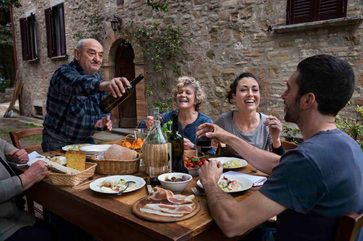 Pranzo con la famiglia Pranzo con la famiglia To stay healthy, most health experts say, "Eat breakfast like a king, lunch like a prince and dinner like a pauper and you'll stay healthy." The Italians do the reverse. They either have no breakfast or have a sweet pastry with a cappuccino (only in the AM!) and have their largest meal during riposo. They could have a bigger breakfast that includes some protein (ham, eggs, etc.) some fat (butter, olive oil) and perhaps have a nice salad for lunch. But Italians aren't really into salads--and when they do have an insalata they don't use salad dressings... only oil and vinegar, and of course, they would never think of adding chicken or ham or cheese to an insalata even if it might add some protein. Because of their big lunch, they might also nap a bit during riposa. Traditionally, lunch (pranzo) is considered the main meal of the day (dinners are lighter). Pranzo starts with antipasti (appetizers), followed by a primo (first dish) which is normally pasta or risotto, and a secondo (second dish) which is normally a meat dish. These dishes are accompanied by one or more contorni, which are either a salad or a vegetable dish such as cooked spinach sautéed in olive oil, peppers and garlic. The whole meal is often washed down by a bottle of wine. Lunch is a relaxed time and is enjoyed by the whole family in small towns across Italy. In fact, middle and high school children are finished with school before the hours of riposa, so they can come home and have lunch with their family or are fed by their nonna. They also have a pausa during mid morning where they have a little panino or cheese and fruit as a snack. Younger children have a healthy lunch provided by the school and stay a bit longer. Young men--unless they work in a big city away from their family--typically live with Mama until they get married. Mama does all the cooking for them, unless like many men in Italy, are fine cooks themselves. Consider them lucky to be fed by Mama or Nonna when they go home for riposa. Obviously, this is a much more humane, relaxed, family-oriented culture. Of course, this brings us to dinner time. Don't even think of looking for a restaurant open and ready to serve dinner before 7 - 8pm. The further south you travel in Italy, the later people eat dinner. I remember before I lived in France, I had dinner at around 5:30pm. When I returned home, I started having dinners on European time... around 7:30. Our family still has dinner about an hour and a half later than most Americans. Italians are also in the habit of having an aperitivo starting at around 5-6pm, and in Northern Italy, the drinks are accompanied by small bites of various foods. They might not eat dinner at all, or have a light dinner at a restaurant or home after 8pm. The hours of restaurants reflect this cultural difference and open later than Americans are used to. In some southern towns, we rarely found restaurants open for dinner earlier than 8pm. For Italians, time isn't as rigid as for Americans. The opening hours listed for shops should be considered merely suggestions. These times are very loosey-goosey. If a shop lists its hours as 8-7 pm, you might not see the shop open until 9:30am. Here are some words that you might see on signs posting operational hours: giorni feriali Weekdays (literally, working days) settimanale Weekly quotidiano Daily ogni ora Hourly By the way, if you see an icon on these signs (and some street parking signs) that looks like a crossed hammer and sickle, it's not a symbol for communism, it simply refers to "workdays", meaning Monday through Saturday. If you see giorni festivi, simply festivi, or a tiny cross, that means Sundays and religious holidays (there are many that Italians close for... remember, it's a Catholic country... all religious holidays are National holidays even though less and less young Italians describe themselves as practicing Catholics). If you see a sign saying chiuso per ferie, it means closed for the holiday. The "holiday" in August means 4 weeks--for most of Italian workers. Shops close up and whole families go to beach resorts or camping. If you see chiuso per lutto, this means they are closed for mourning. Most shops are closed on Sundays whether they go to church or stay at home watching the soccer matches. A Commentary and Suggestions We need to understand this wonderful culture. I understand how Italians think of time as a flowing river and not a commodity to spend nor save. I understand about the midday heat--it's a very hot and humid country. In the past when agriculture was the major part of most Italians lives, it was respectful of nature and biological rhythms to rest in the middle of the day rather than waste a body's resources to the heat of the day. But this is a modern Italy. There is air conditioning--that actually works! (In fact, we recently installed the same type of air conditioning units as in Italy, which are efficient and effective!) Italians have the beauty and history of Italy to grow the their economy--through tourism. Consider that tourists from other countries have certain expectations, even those visiting to explore your wonderful lifestyle. There might be a certain degree of lost jobs profits in your riposa--but I am speaking only of areas where tourism is a mainstay of your local economy. There is a way to embrace your culture while growing your nation and moving forward to the benefit of all Italians. The World Travel & Tourism Council says that tourism brings in over $203 billion a year for Italy, an impact larger than that of the communication services, chemicals manufacturing, automotive manufacturing, higher education, and mining industries. My advice to Italians: Keep your shops and restaurants open during the day in tourism dependent areas. Embrace the idea of employees taking turns with their lunch breaks. Find ways to truly serve the tourists that are bringing so much wealth to your country without expecting them to just put up with lack of comfort or proper services just because that's the status quo. On another touchy subject: Ensure that public rest room facilities and trains have fixtures that are as functional and beautiful as your homes and the apartments we rented. Make certain they are well stocked with toilet paper--and toilet seats. To be honest, some public toilets were simply shameful. And please put an end to the squat-down, so called "Turkish toilet". Please? It's not great for handicapped or the aged among us. As for restaurants, we want to experience your cuisine--not fast food chains. Support the Slow Food efforts in your country and your local restaurateurs by helping them realize that by staying open during hours when visitors to Italy are used to eating, that will only help your economy. I'm not saying to change your entire way of life... just adapt to your main market--tourists. I write this with tutto dovuto rispetto, and with a goal to share your wonderful culture with as many voyagers as possible. --Jerry Finzi You can also follow Grand Voyage Italy on: Copyright 2021 - Jerry Finzi - All Rights Reserved
2 Comments
Peter
2/23/2024 06:33:57 am
What time does riposa / siesta start and then end in Italy. Try starting your long winded story with the times please. I still do not know!
Reply
Jerry F.
2/26/2024 11:06:34 am
This information is in the 3rd paragraph...
Reply
Your comment will be posted after it is approved.
Leave a Reply. |
Categories
All
Archive
June 2024
|


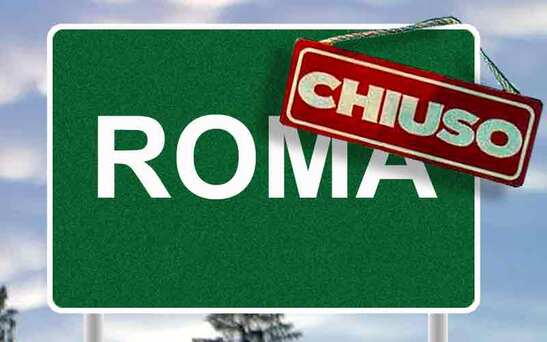
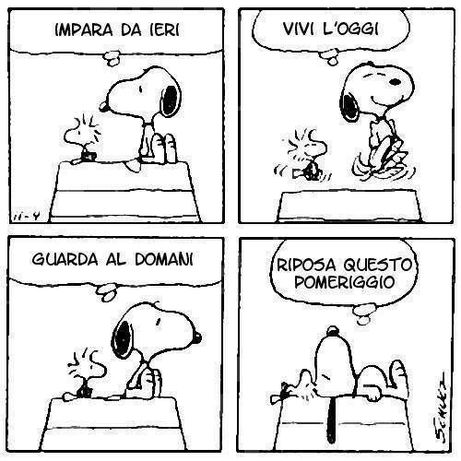
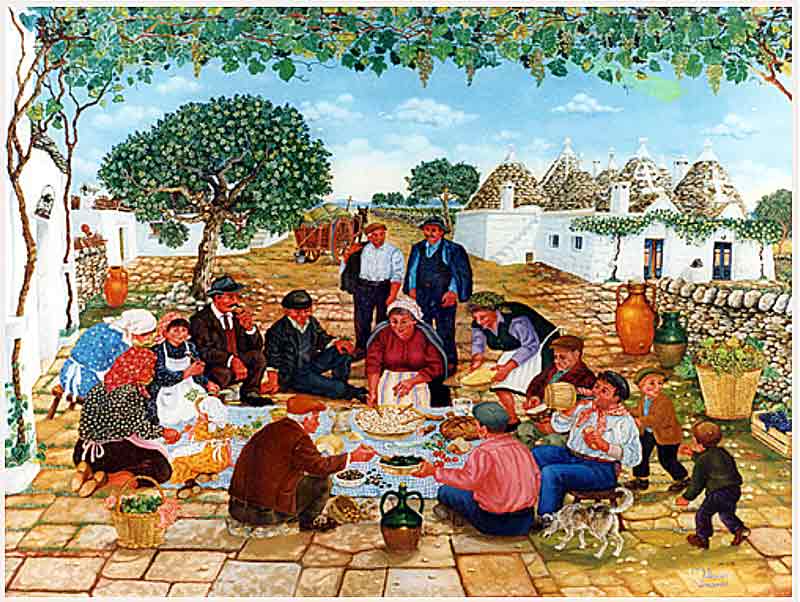
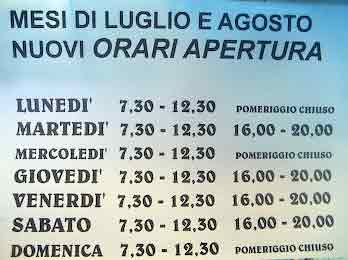
 RSS Feed
RSS Feed
